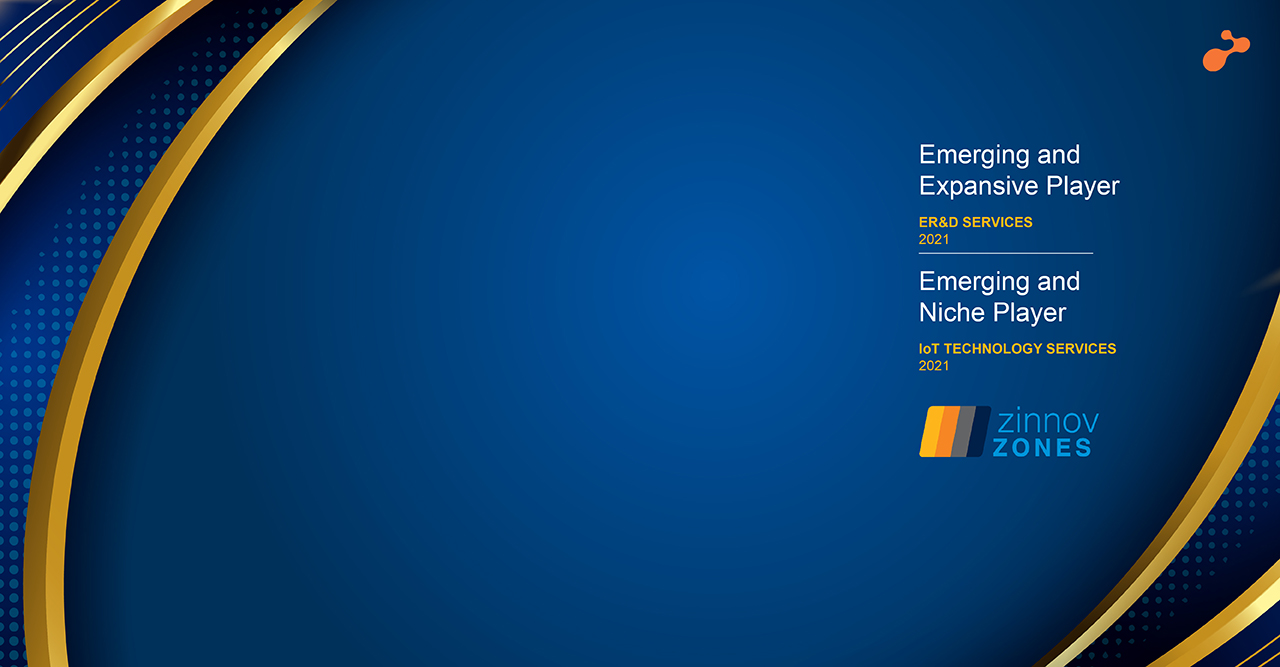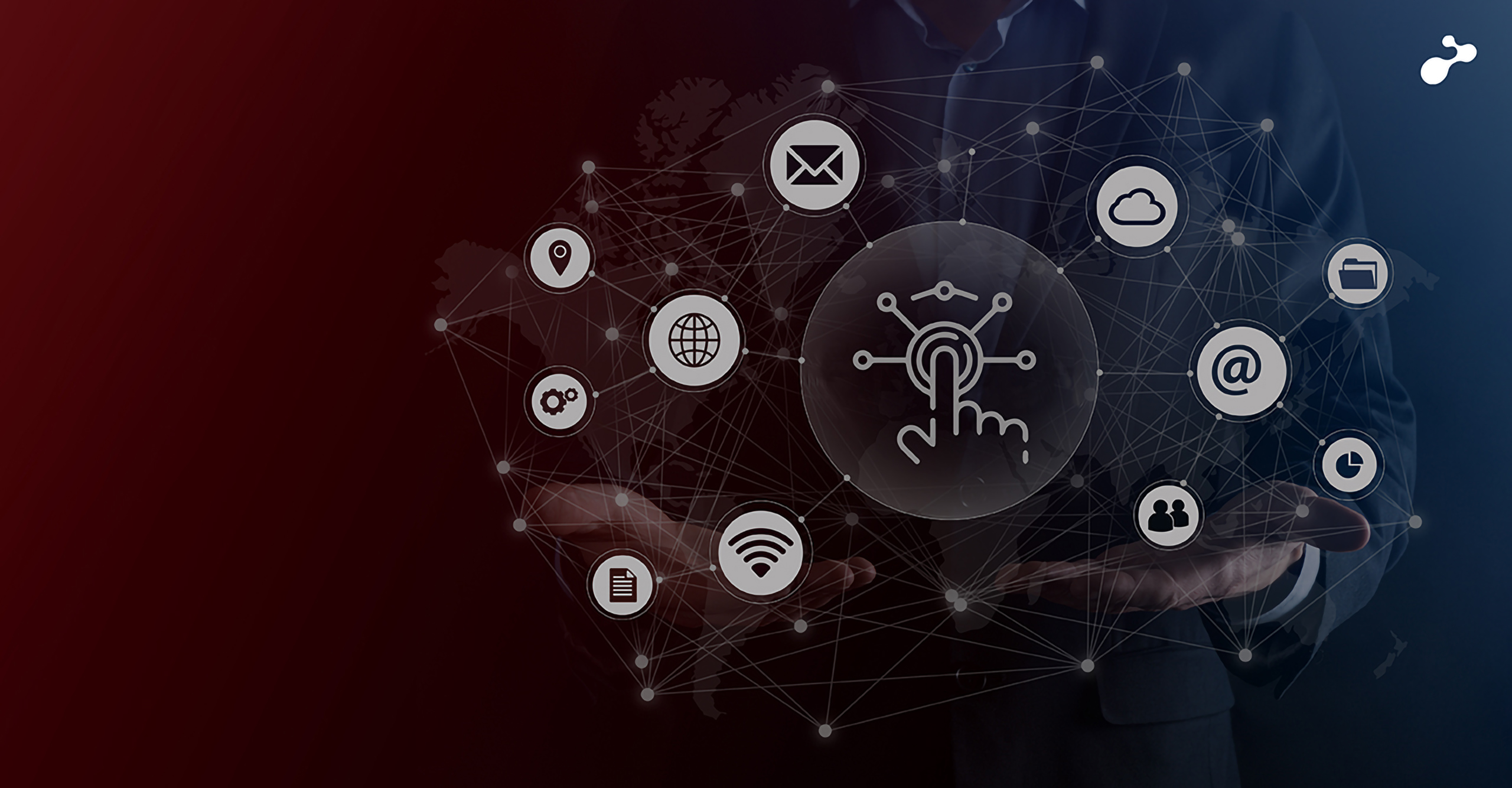The world around us has changed significantly in the last two years and is now more connected and digital than ever before. These technologies and the trends that we are now witnessing have the potential to revolutionize and reimagine the way we do business. Not only do they play a major role in helping us address some of our most pressing challenges, but they're also focused on three key aspects of our business – building the groundwork for the future, engineering change and thereby accelerating growth.
Based on industry insights and our own experience enabling deep tech solutions for our customers and partners, here are the top `10 technology trends that will shape and reimagine our future:
Engineering Change
1. Next-level process automation and virtualization
A greater part of our workforce, mainly in the industrial and manufacturing sector, is already witnessing increasing use of technology to enable efficiency and drive automation. With next-level process automation and process virtualization, this will only continue in 2022. Self-learning, reconfigurable robots are leveraging technologies such as industrial IoT, AI and creating opportunities for machines and humans to interact by providing granular information and understanding avenues for growth. With advanced simulations and 3-D / 4-D printing, development cycles are speeding up while ensuring high security and operational practices are enabled. This is helping organizations manage labor challenges and even redefining the future of work.
2. Total Experience
Total experience is a discipline that fuses customer experience, user experience, employee experience and multi-experience to reimagine possibilities and elevate experiences for both consumers and employees. With both consumers and employees leveraging digital, total experience is the ideal next step to elevate and improve experiences.
As per Gartner, by 2026, 60% of large organizations will use the total experience to transform their business model and achieve world-class customer and employee advocacy levels.
Accelerating Growth
3. Data Fabric For Improved Decision Intelligence
We have already witnessed a growing need for better insights and analytics using organizational data. Data Fabric and Decision Intelligence are two key trends that enable this function and increase efficiency in data utilization while simplifying human-driven data management tasks. Data fabric is a process that integrates data across platforms and users, creating a centralized repository that makes data accessible anywhere it is needed. With easy access, data fabric also provides recommendations and improvements to the data, helping reduce data management costs and time. Additionally, decision intelligence is a trend that improves organizational decision making by integrating data, analytics and AI to create an intelligence platform that automates and accelerates AI-powered decision making.
4. Hyperautomation
Hyperautomation is a fusion of multiple technologies orchestrated to be focused on a particular business area or IT process. To put it simply, hyperautomation builds upon existing technologies already being used in the digital space, including Robotic Process Automation (RPA), Artificial Intelligence (AI), Analytics and Process Mining to facilitate improved efficiency, simplify processes and make data-driven decision-making a reality for organizations. The key focus on hyperautomation is around RPA and AI, enabling synergized and coordinated business outcomes using multiple technology tools and platforms.
5. Software 2.0 / Autonomous Systems
Along with advanced hardware, businesses will need programs that can leverage AI models and automation to unlock higher-order use cases like autonomous vehicles, create machine-driven simulations and do more without requiring manual intervention. Software 2.0, where programmers are replaced by neural networks that use machine learning to develop software, will be in vogue, and we can see this from the popularity of today's low-code or no-code applications. Software 2.0 can further accelerate this trend and provide an easier, more intuitive and more autonomous method to customize existing code, automate repetitive or mundane programming processes, and dynamically modify algorithms with no software updates required.
6. Distributed Enterprise
Since COVID-19, most companies have shifted to a virtual-first or hybrid model, requiring them to pivot business models to match customer and consumer behaviour changes due to remote working. Distributed enterprise enables a virtual-first, remote architectural approach to digitize consumer touchpoints and improve consumer-facing technologies. According to Gartner, by 2023, 75% of organizations that exploit distributed enterprises will realize faster growth than their competitors.
Building The Groundwork For The Future
7. Cloud-Native Platforms Across Verticals
With the increasing adoption of digital, organizations are migrating their legacy applications and workloads to the cloud in a bid to be nimble and efficient. However, these applications, which weren't designed for the cloud, often do not offer the same flexibility and scalability as a cloud-native platform. Thus, businesses are increasingly investing in and adopting cloud-native platforms, accelerators or cloud-based architecture to automate tasks and shift their focus on competitive differentiation.
Gartner predicts that by 2025, cloud-native platforms will serve as the foundation for as many as 95% digital initiatives, up from 40% in 2021.
8. Next-Gen Computing
The future will integrate advanced technologies in every aspect of our business, requiring hardware and programming to match this need. Next-generation computing will enable organizations to unlock new opportunities, which integrates neuromorphic computing involving developing specialized microchips called application-specific integrated circuits (ASICs). These promise to cut down on development time, reduce hardware costs and enable efficiency.
9. Applied AI
AI and Machine Learning are already providing value to businesses, and with Applied AI, this trend is only going to scale existing applications. Applied AI uses AI algorithms to train machines to make sense of real-world data, including videos or images (using computer vision), textual information (through natural-language programming) and audio (speech-recognition technology). This enables machines to boost human productivity and take actions based on instructions provided, simplifying processes and minimizing the need for humans to provide machine-readable instructions.
10. Focus on Clean Technologies
With new climate-change mandates and the increasing need for building operational improvement by focusing on green initiatives, clean technologies will play a major role in the coming decade. These include technologies that are focused on smart-energy distribution, carbon-neutral energy generation (using solar, thermal, wind and other clean sources), and efficient waste-to-energy opportunities. We are already witnessing clean energy making an impact in the automobile sector driven by EVs (Electric Vehicles), while hybrid or fully-automated green energy solutions are being implemented for insulation, home-energy management, powering appliances and managing waste.
Every year, we see technology playing an increasingly vital role to help organizations grow, accelerate and reshape the world around us. But often, organizations are left wondering how these innovations and technological progress can play a crucial role in adding value. One major gap is often the ability to see a clear roadmap and strategic technology adoption for scaling and accelerating business growth. Technology on its own cannot drive the kind of success that organizations today need and require a strong understanding of the domain and technical value-add to gain the benefits these technologies can harness truly. If you are exploring or have already implemented largescale digital transformation projects that you want to take to the next level, our experts are here to help you explore and reimagine possibilities using digital transformation.


%20V5-05.jpg)



.jpg)
